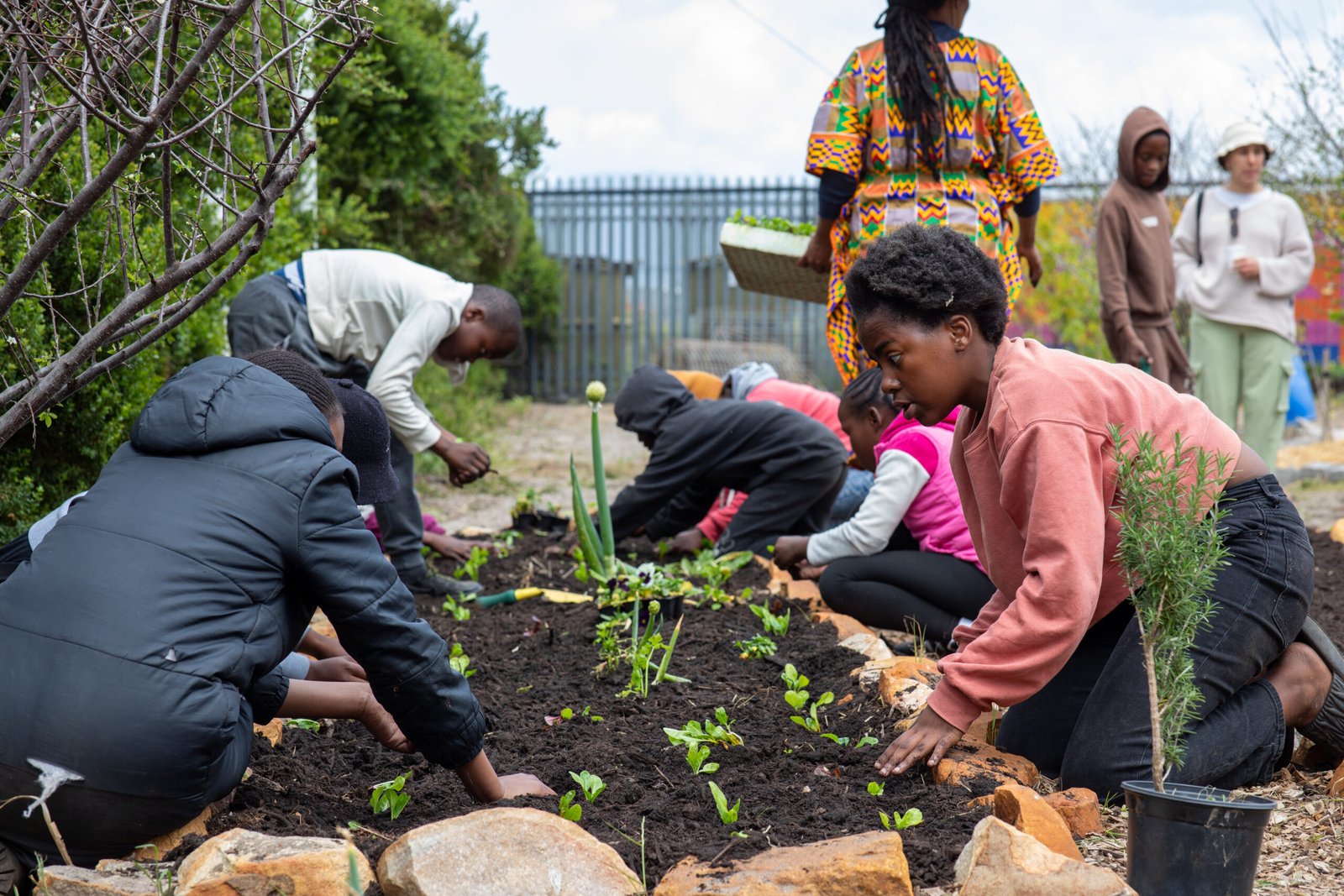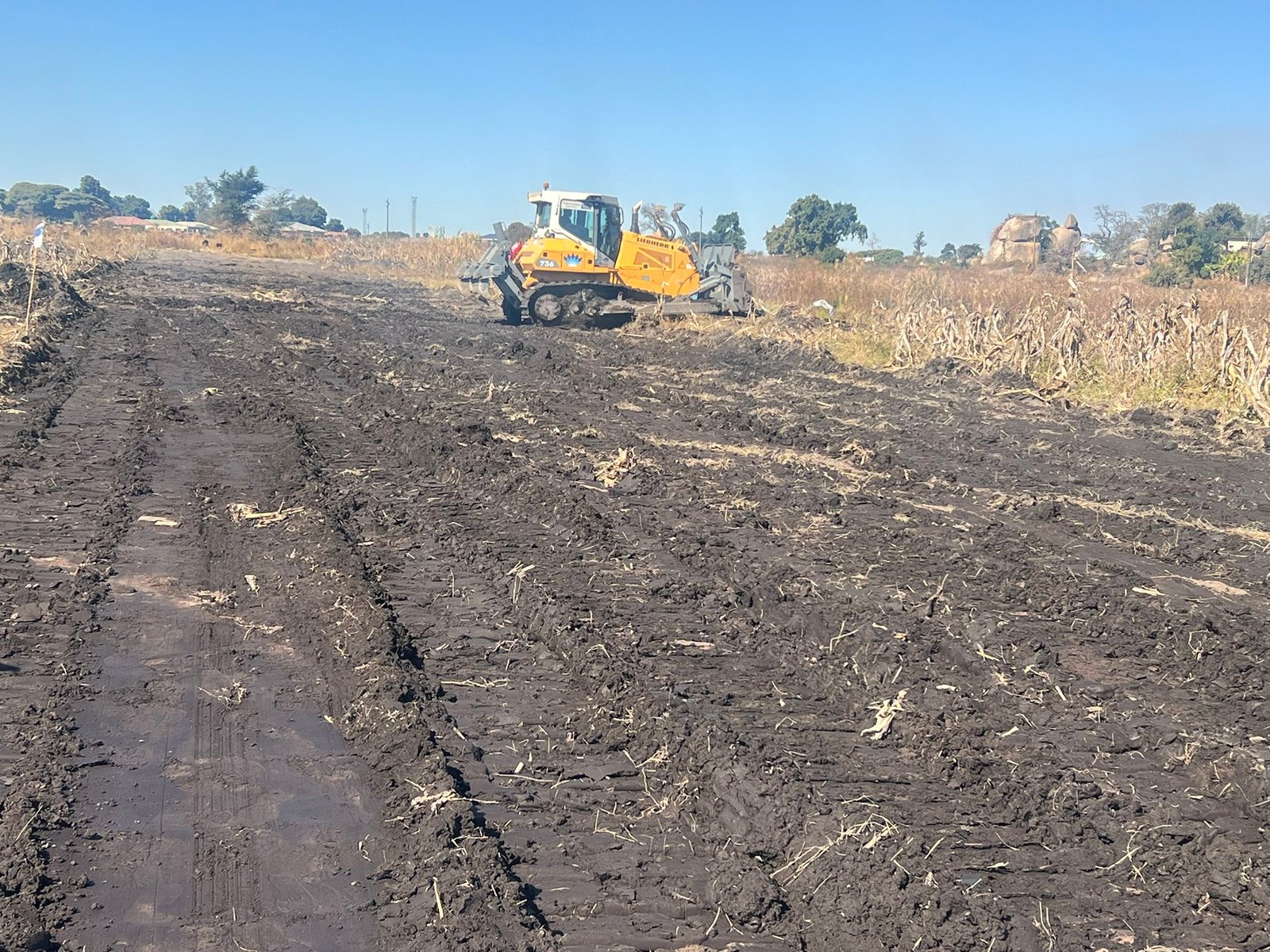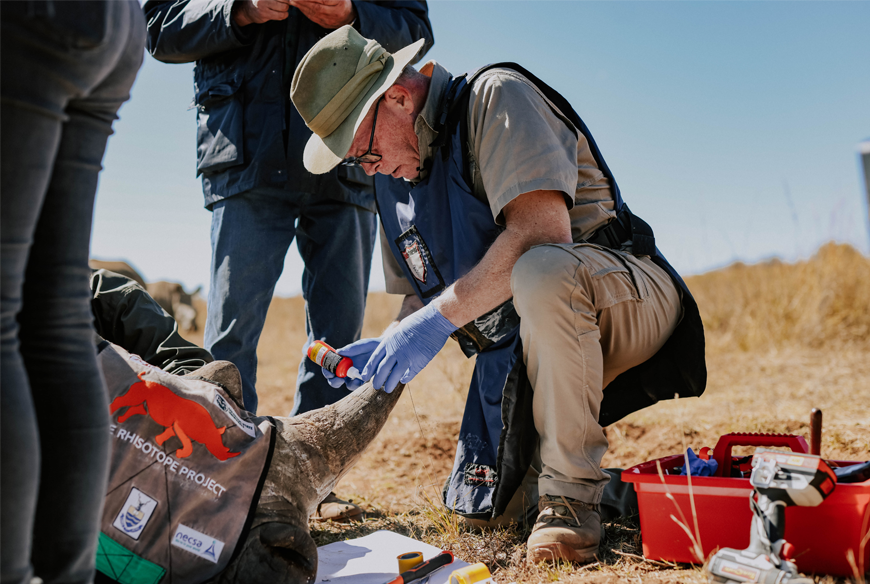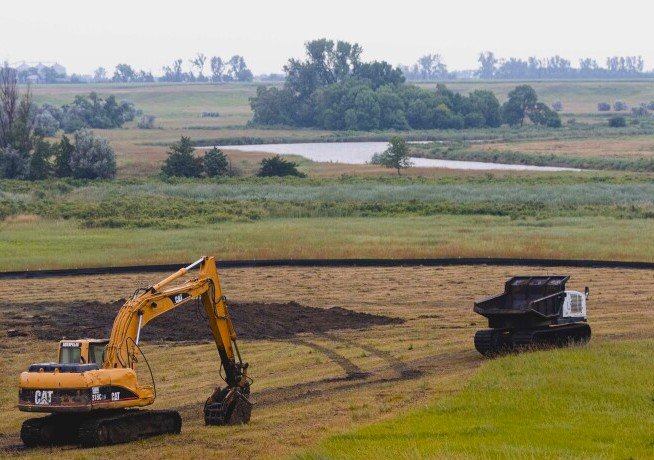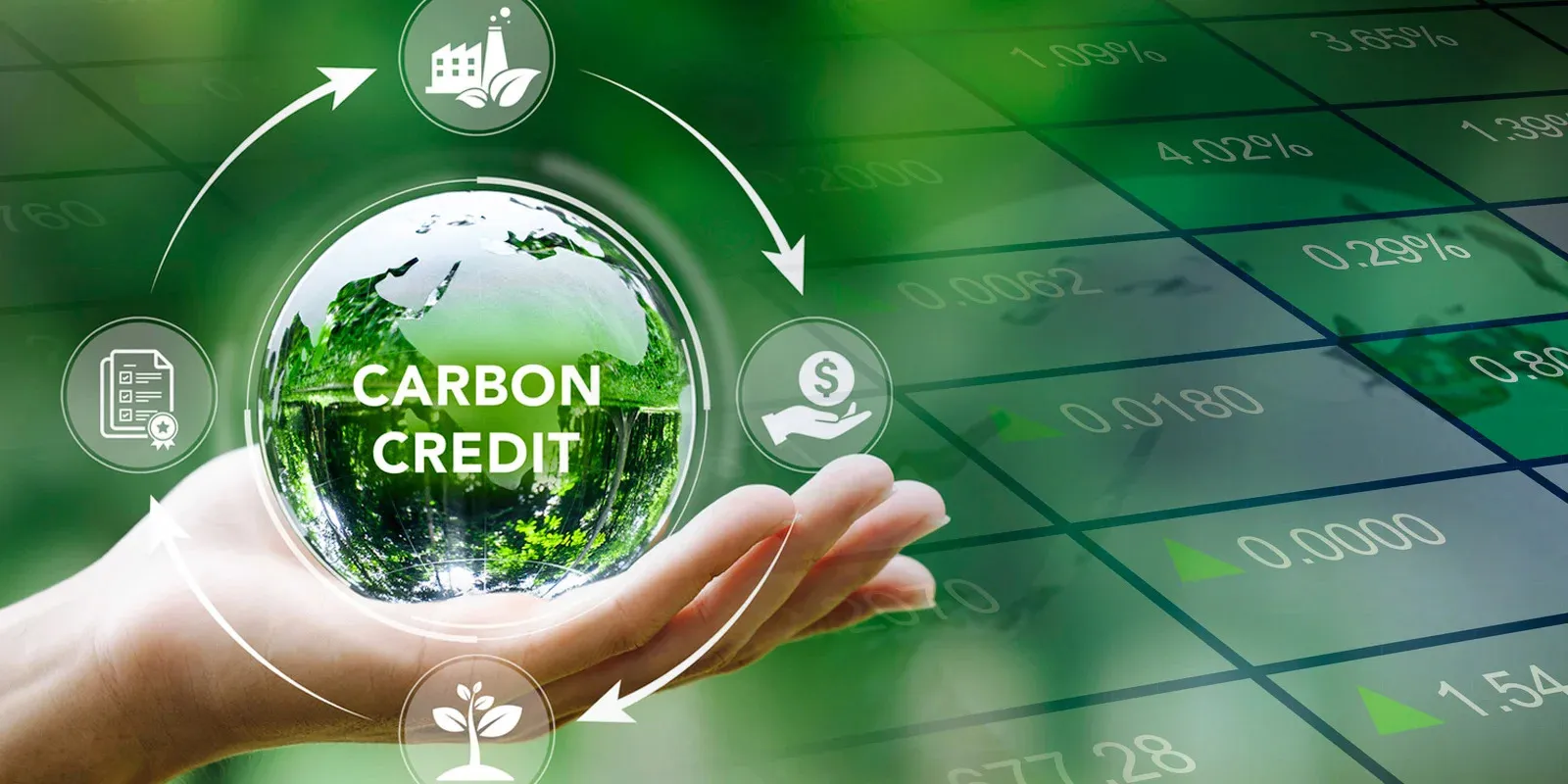By La’eeqa Martin, Zahraa Essa, Sakhile Dube, Lalla Masondo, Sibusiso Mazomba, Luvo Mnyobe, Bupe Mwangala Mulenga, Rachel Itenderezwe, Hadson Muwisa, Masego Mokgwetsi
Zambia, Botswana, and Lesotho did not include youth in their Nationally Determined Contributions (NDCs). These are national targets outlining how each country will reduce emissions and adapt to climate impacts. They are blueprints for our collective future. In the last round of NDCs submitted by African countries, only 37 out of 53 made any reference to youth. Here’s why this needs to change in the next round of submissions.
In 2015, 195 countries signed the Paris Agreement at the 21st annual Conference of Parties, a legally binding international treaty requiring countries to take ambitious actions to reduce and adapt to the impacts of climate change while providing support to developing nations. Fast forward to 2025 and every country that has signed the agreement is required to submit an update to a Nationally Determined Contribution for the third time since the Paris Agreement has been signed. This third round will cover the years 2035-2040.
In Africa, more than 60% of the population is under the age of 25. This is the youngest population in the world. Yet, as the effects of the climate crisis continue to intensify — from devastating floods to prolonged droughts, crop failures, and widespread displacement — youth are still barely present in national climate action plans that govern their future.
“Youth aren’t included in climate decision-making at a national level, but they are at the forefront of implementation,” says Hadson Muwisa, a climate activist from Malawi. He recalls the extreme floods and droughts experienced in Malawi last year. Young farmers lost their agricultural businesses and have never been compensated for this loss of livelihood and food security. “The youth are not prepared for what is coming next and they are not involved at a national level. We are paying for the damages and being betrayed. It’s very painful, because the money they had invested in their businesses and farming will never be returned,” he says.
While many NDCs claim that youth were “consulted,” few provide evidence of meaningful inclusion beyond consultation. References to youth often fail to mention how youth will be included in the implementation of these NDCs whether through minimum allocation of funding for youth-led projects.
This year, as African countries submit new Nationally Determined Contributions, we need to make sure that the bar does not drop even lower. Two African countries, Zambia and Zimbabwe, met in February 2025 to submit their NDCs. Zimbabwe’s NDC acknowledges that youth are more vulnerable to climate impacts together with women and the elderly, highlighting the need to take this into account in implementation. Zambia merely mentions that youth were targeted during consultations and that youth are more affected.
This exclusion points to a deeper problem. If the majority of the continent’s population is sidelined, what hope is there for the inclusion of other marginalised groups, women, Indigenous peoples, and informal workers? Their continued absence suggests a failure to build climate strategies that are truly inclusive, grounded in local realities, and responsive to those most affected.
Meaningful youth inclusion goes beyond a mere mention or a once-off consultation. It means involving young people in the full cycle of climate action — from the development and design of policies to implementation, and monitoring. It means creating permanent seats at or around the table where real power is shared, ensuring that youth voices shape the priorities, strategies, and investments that will define Africa’s climate future.
To make this vision a reality, youth across Southern and Eastern Africa have taken action by engaging in regional virtual consultations led by the African Climate Alliance, from February to May 2025, to clearly define what inclusive climate policy looks like from the ground up. These are the key demands:
- Dedicated support for youth- and women-led climate initiatives, with a minimum allocation of funding.
- Bottom-up decision-making, grounded in local solutions from green energy and sustainable agriculture to waste and fashion industries.
- Current NDCs focus on mitigation, adaptation, and finance, but too often ignore the growing losses we face. Accurate loss and damage reporting must be included to reflect reality and mobilise adequate financial support that balances the need for adaptation and mitigation.
Youth are already living the consequences: schools flooded, crops destroyed, and livelihoods threatened. Despite contributing only about 4% of global greenhouse gas emissions, African countries are among the most vulnerable. But the Paris Agreement, its rulebook, and the NDC guide don’t require countries to report on loss and damage. Those that do often focus solely on economic impacts, overlooking non-economic losses such as cultural heritage, health, and displacement.
Agriculture, forestry, and land use make up 65% of Africa’s emissions. This makes sustainable agriculture both a climate and food security imperative. Indigenous practices can be powerful tools for adaptation. In Zambia, for example, the Bemba people use a traditional system known as chitemene, a form of slash-and-burn agriculture that enhances soil fertility and builds resilience to climate variability. Such traditional knowledge must be recognised and integrated into national plans.
The Intergovernmental Panel on Climate Change has affirmed that involving local stakeholders, especially those most vulnerable, strengthens climate policy outcomes. This reinforces the need for bottom-up governance that taps into the lived expertise of communities on the frontlines of climate change.
Across the continent, youth and local communities are leading innovative, community-based solutions that deserve formal recognition and support in NDCs:
- The Community Adaptation Action Planning across Ghana and Niger and the South African Youth Climate Action Plan processes show what meaningful consultation looks like when it comes to creating climate plans.
- Youth-and women-led businesses are tackling adaptation challenges in both the formal and informal economies.
- Community networks like Slum Dwellers International are demonstrating how global finance can flow to the local level. Additional examples of accessible climate finance include the Kenyan County Climate Change Fund.
- In Burkina Faso, traditional water conservation and land restoration practices offer nature-based, climate solutions informed by Indigenous knowledge.
For African youth, NDCs are a powerful opportunity to demand climate justice by pushing for inclusive policies that prioritise local action, equitable access to finance, and meaningful youth participation in decision-making. They create a blueprint from which we can plan, act, and push for further policy change. And from which we must see real action emerge.
The future of climate action is local, inclusive, and youth-led and we are ready to lead.
La’eeqa Martin, Zahraa Essa, Sakhile Dube, Lalla Masondo, Sibusiso Mazomba, Luvo Mnyobe, Bupe Mwangala Mulenga, Rachel Itenderezwe, Hadson Muwisa, Masego Mokgwetsi are all members of African Climate Alliance’s Youth Activist Network. They are passionate changemakers from across the continent who believe in speaking truth to power, advocating for systemic socio-environmental change within their own countries, and coming together to show the connections between the systemic issues across Africa. African Climate Alliance is a youth-led, movement-based organisation acting and advocating for Afrocentric climate justice.

